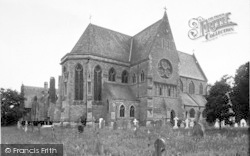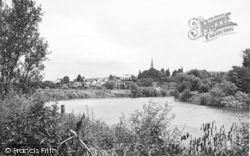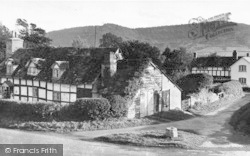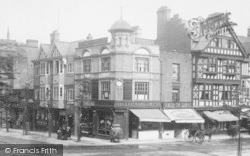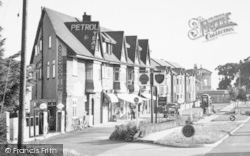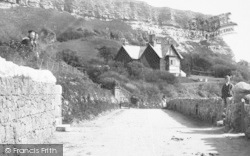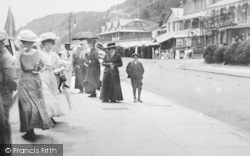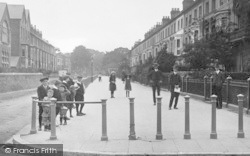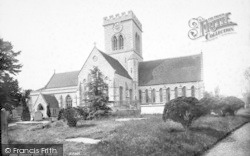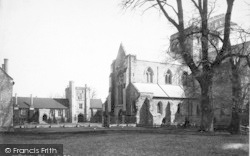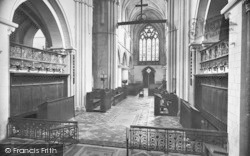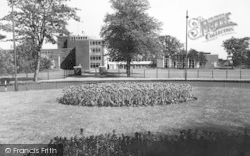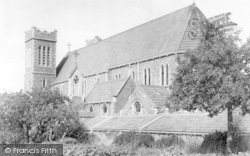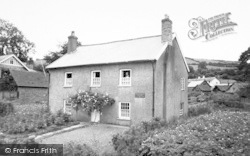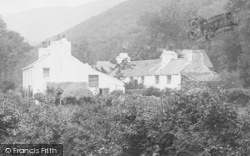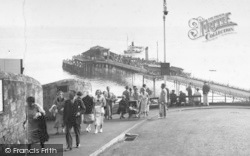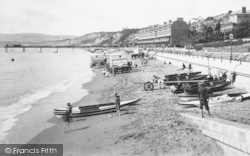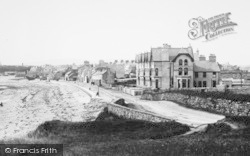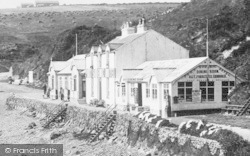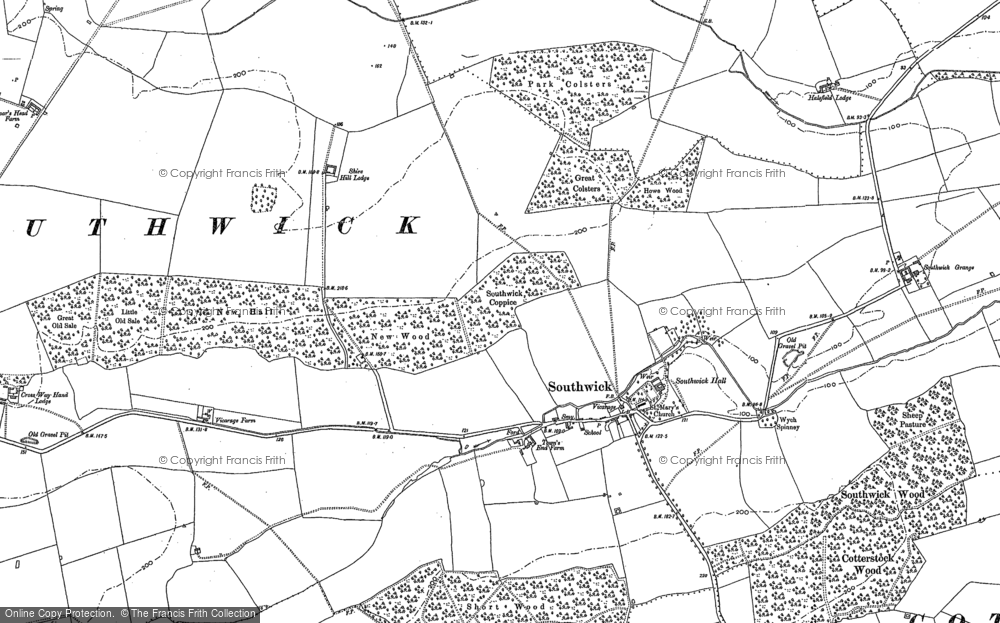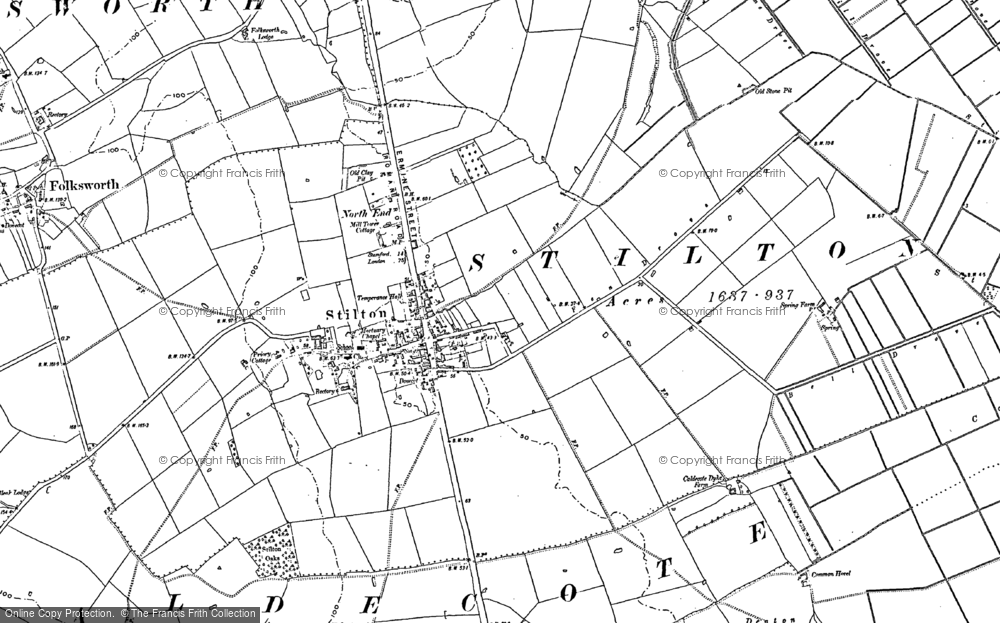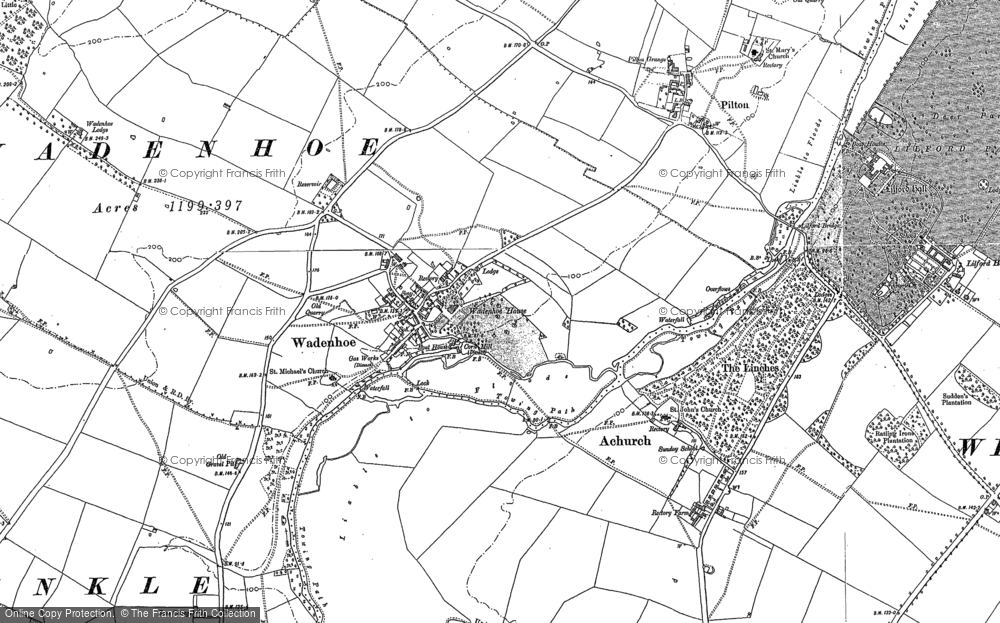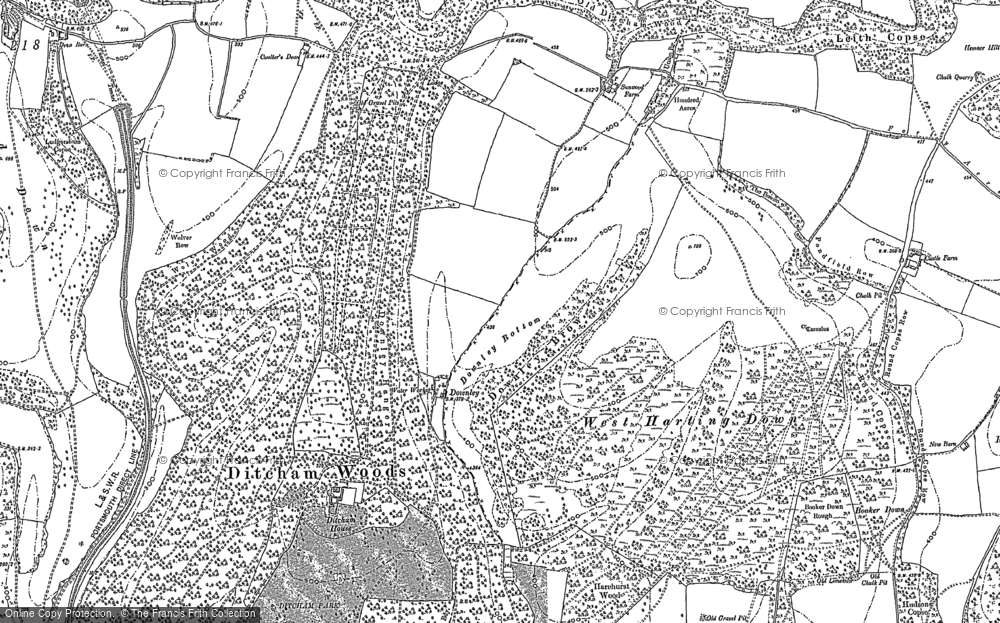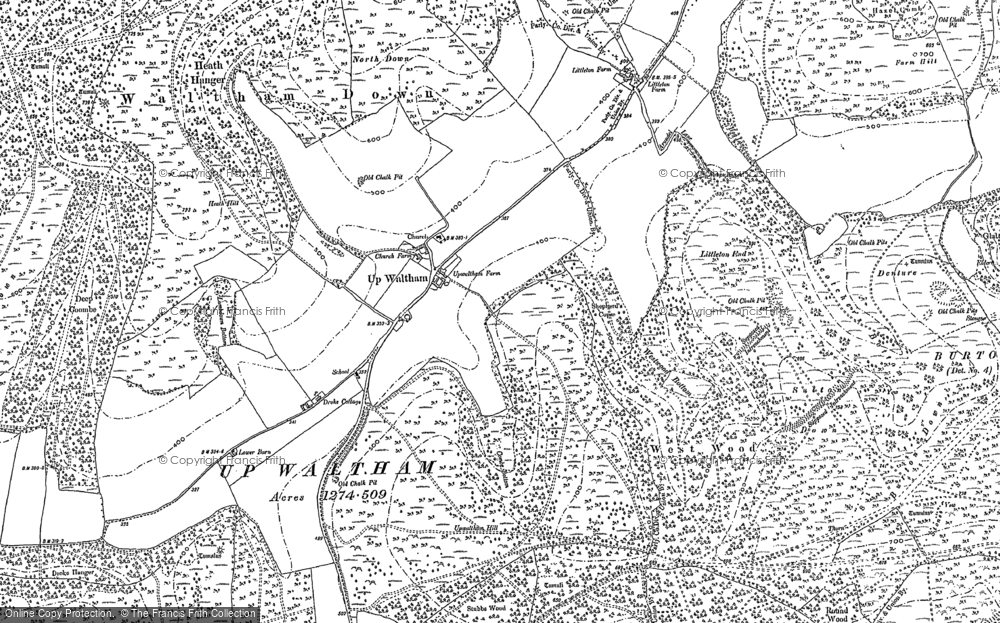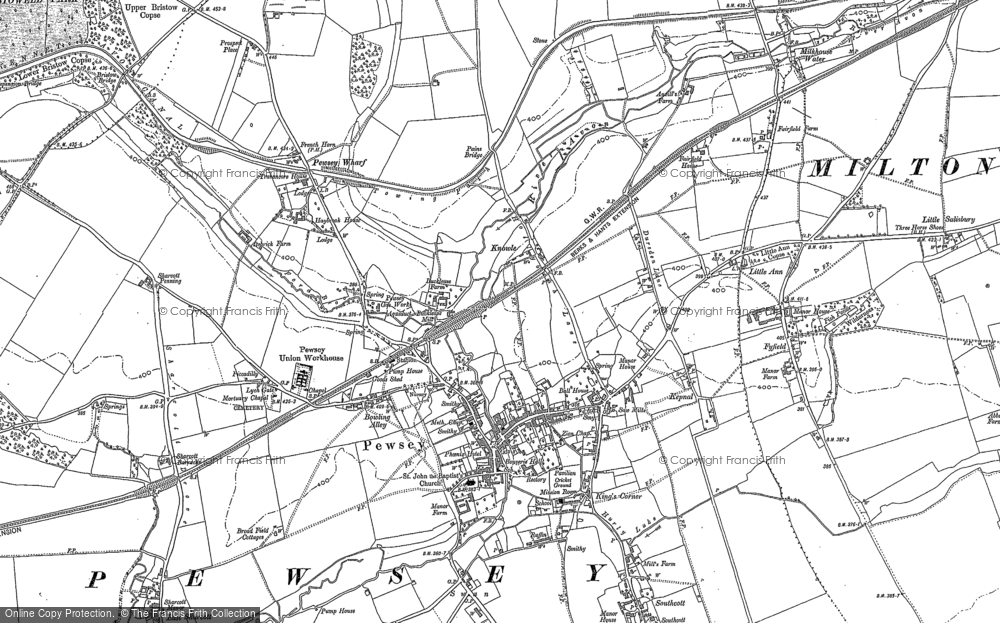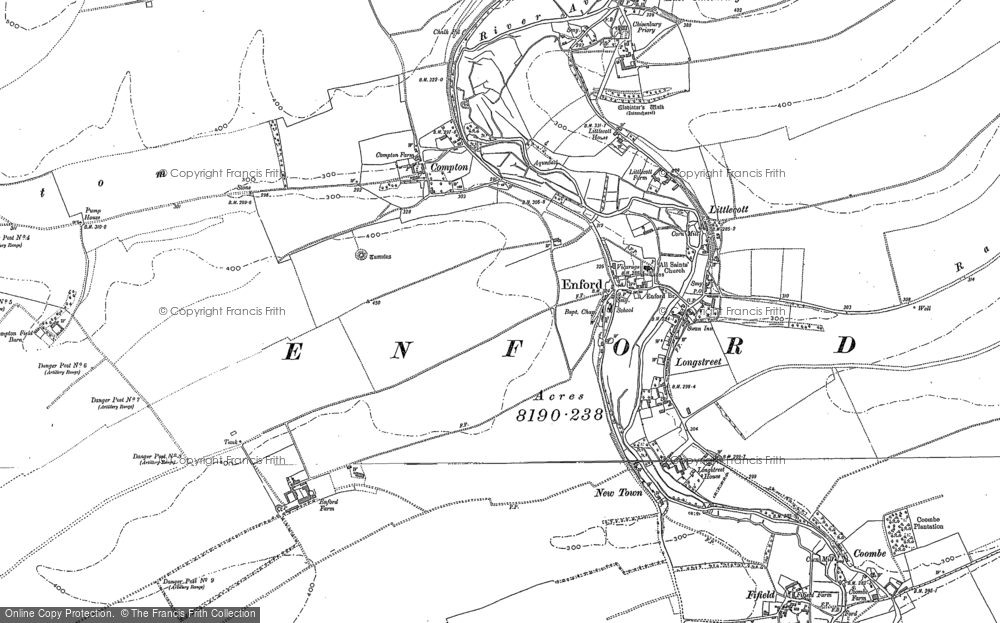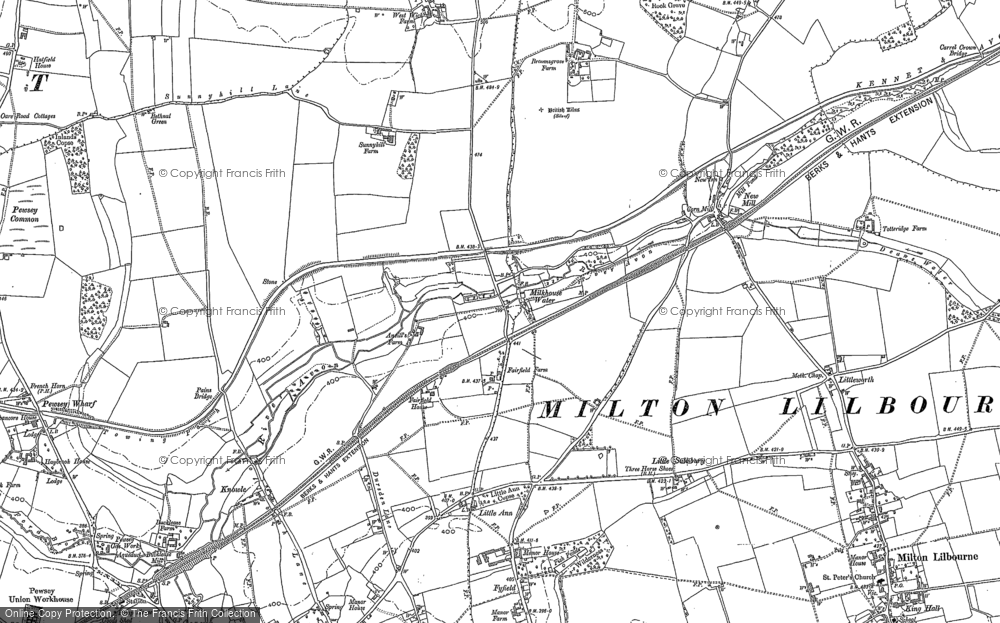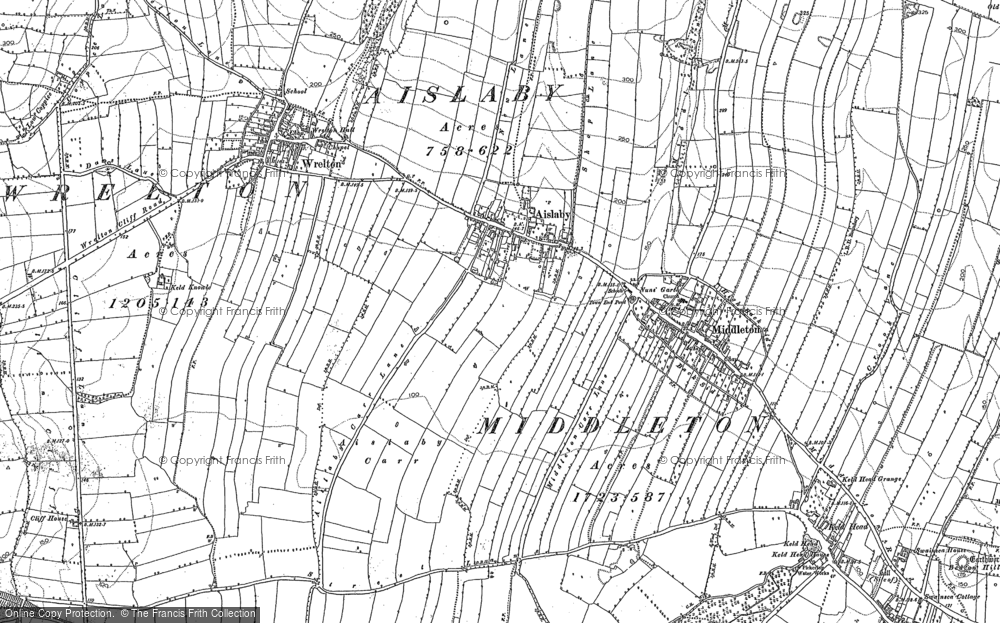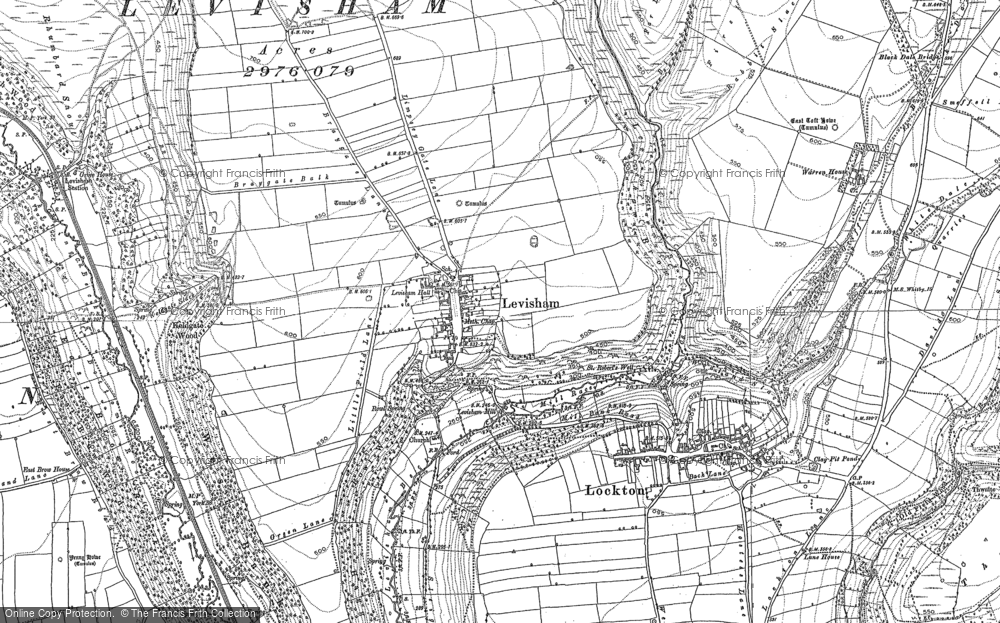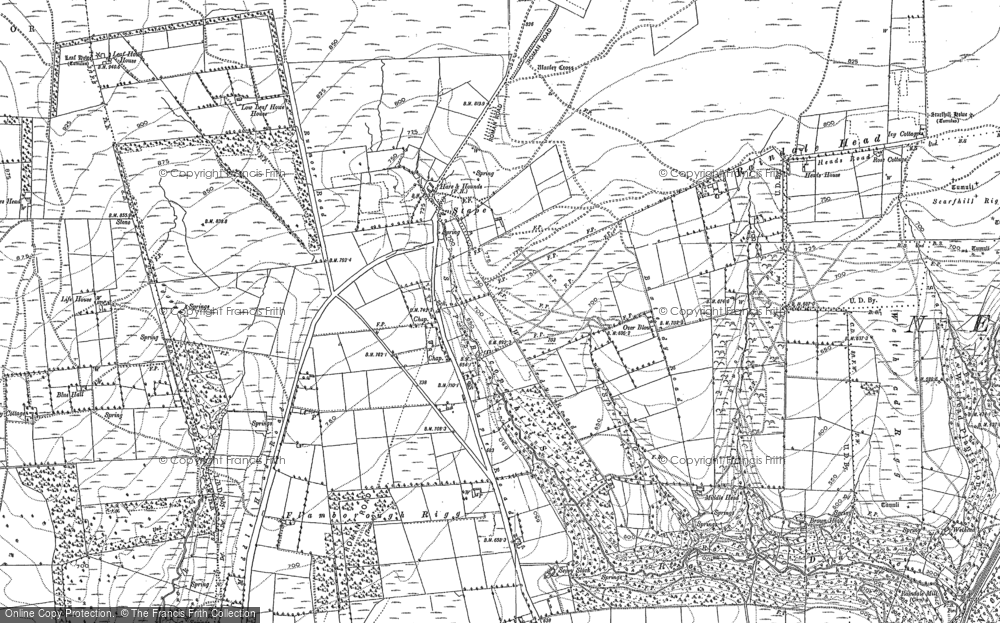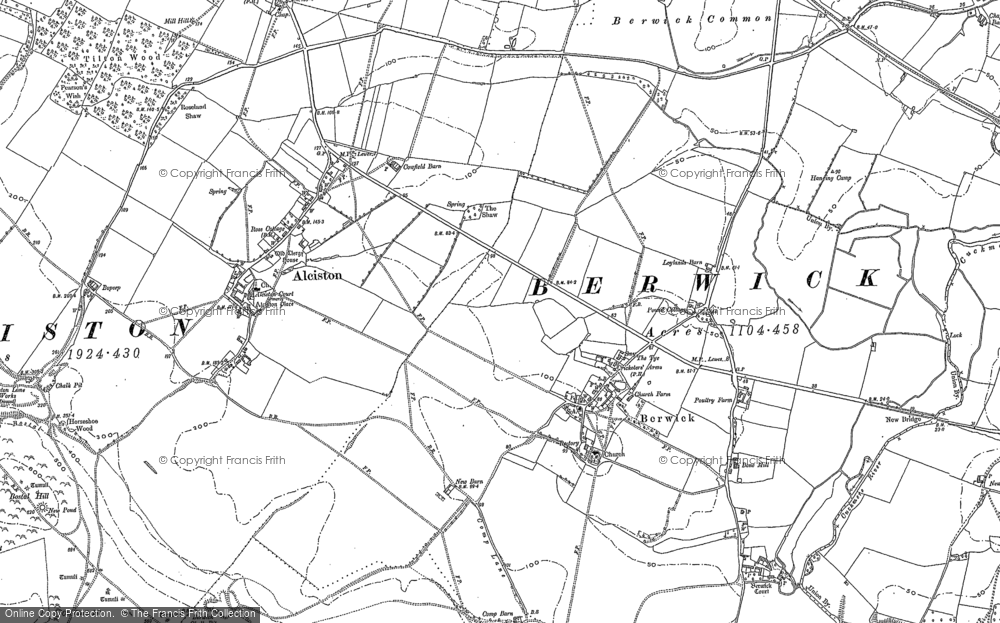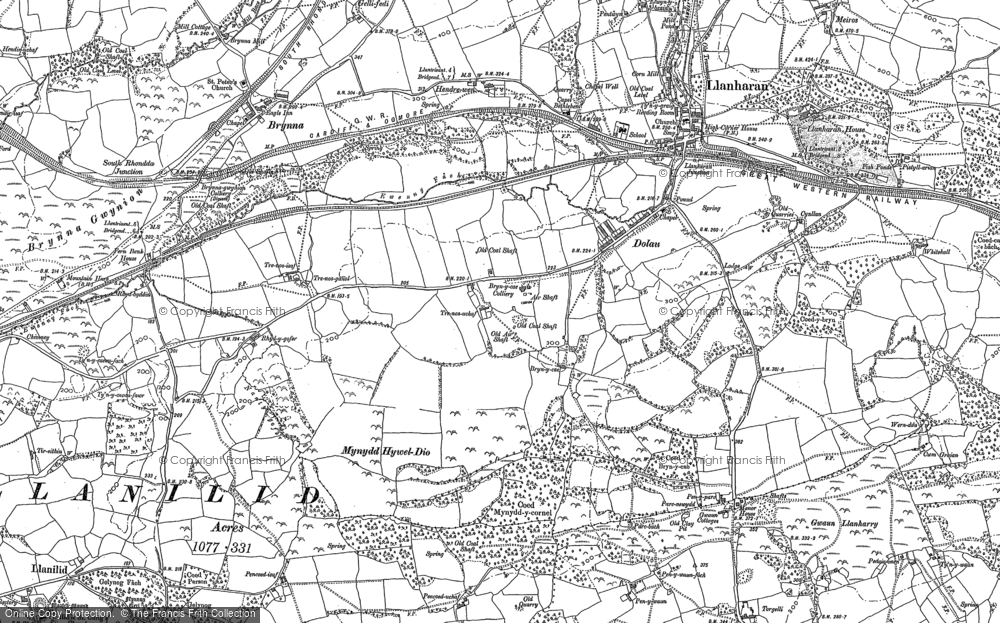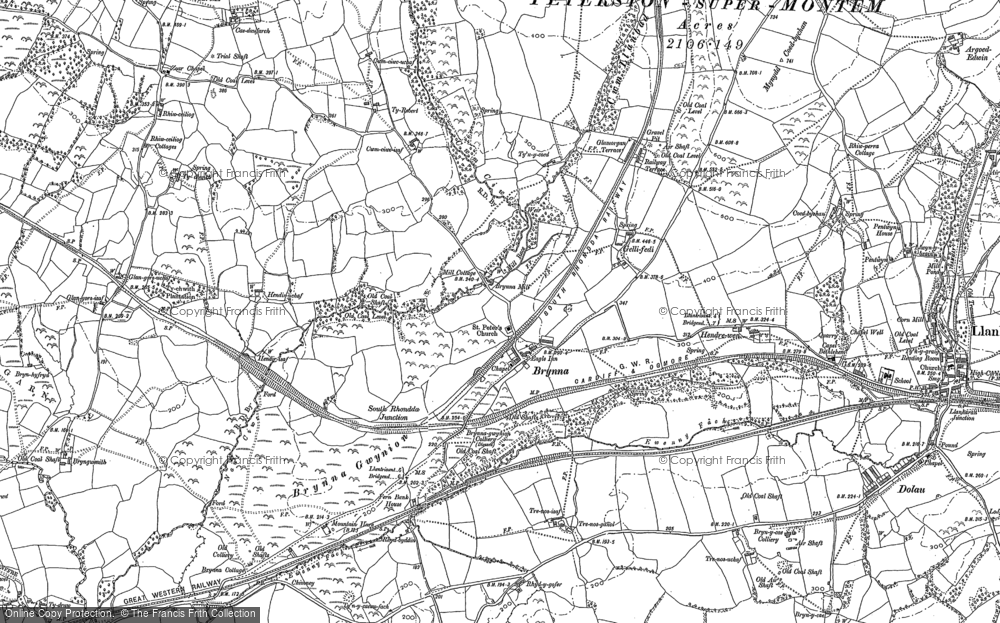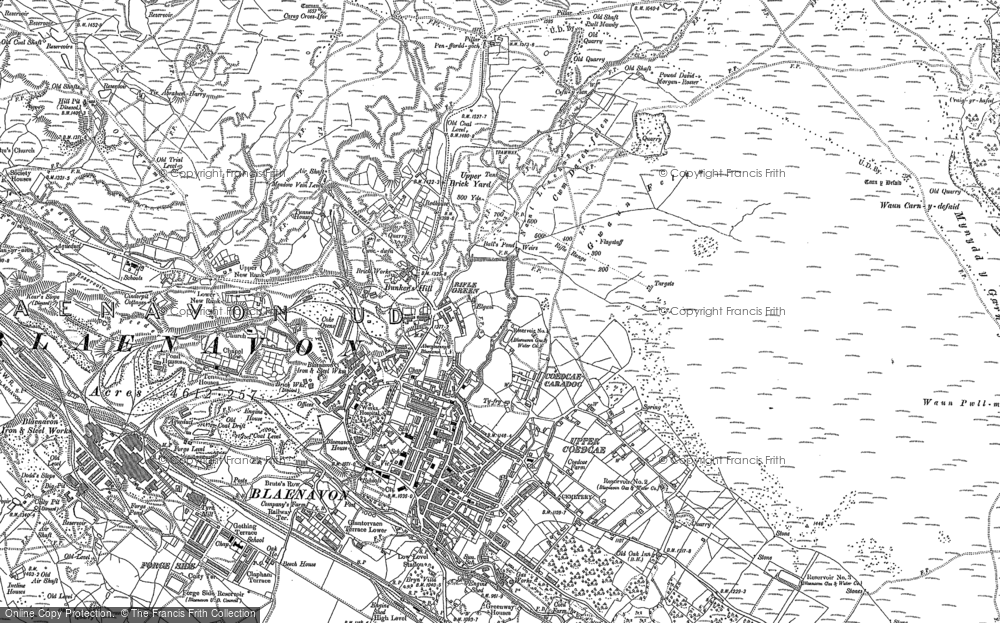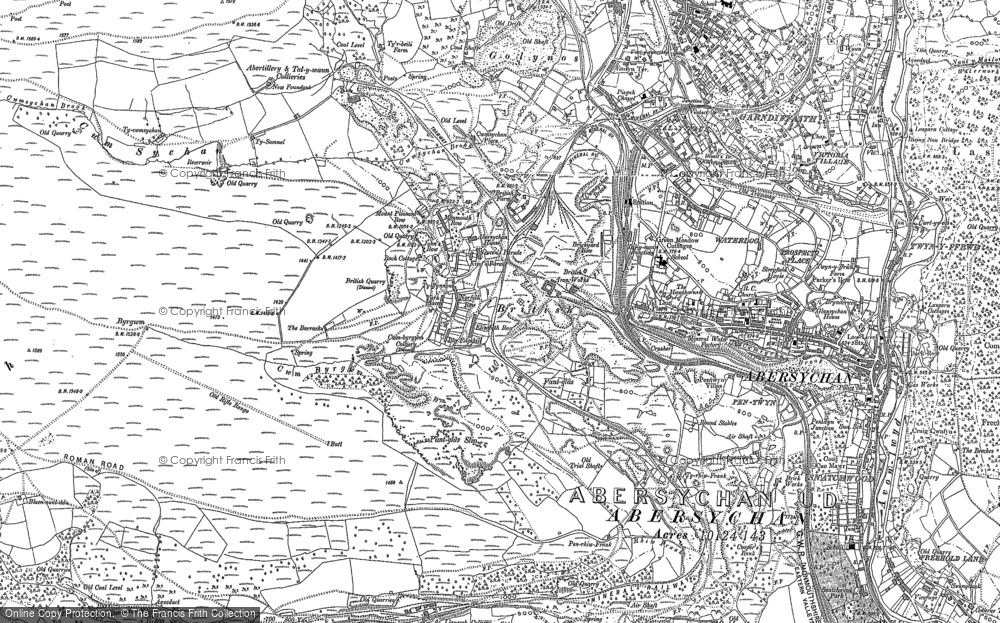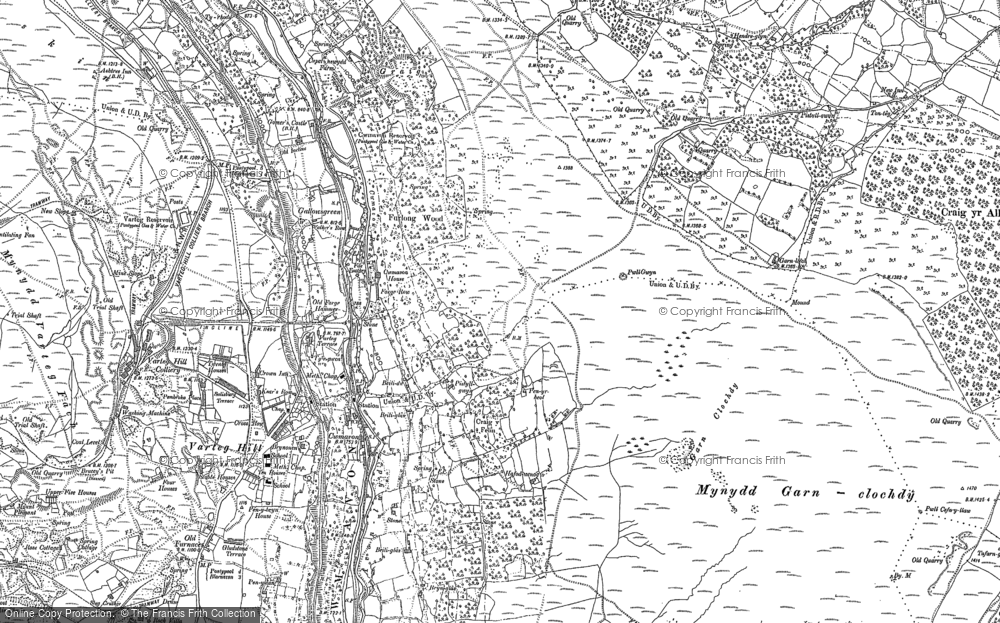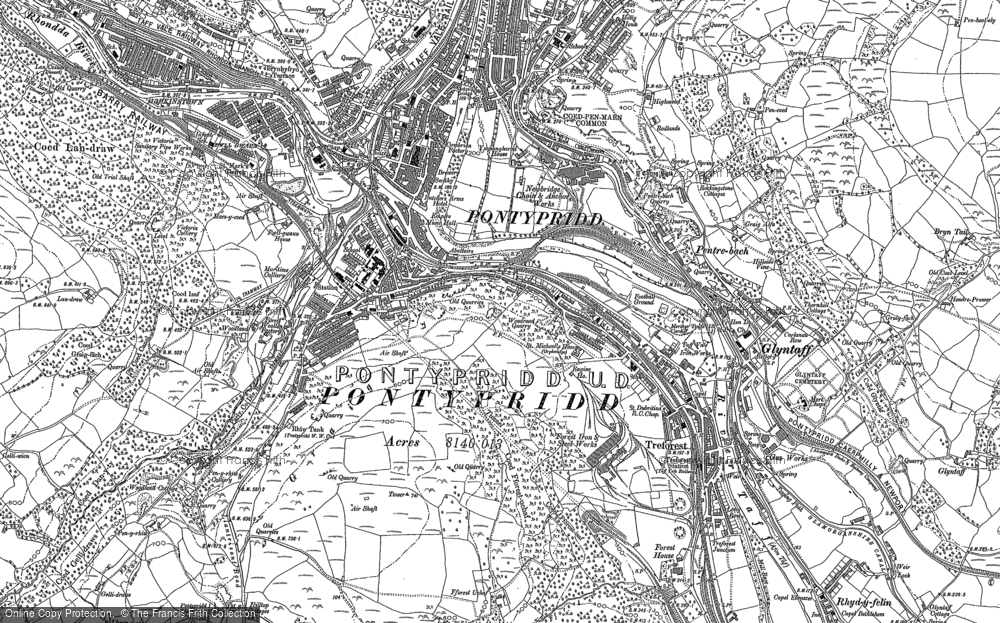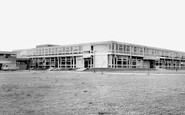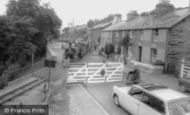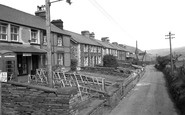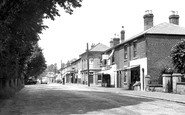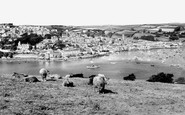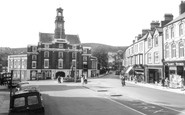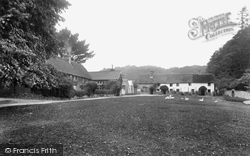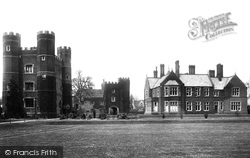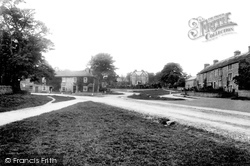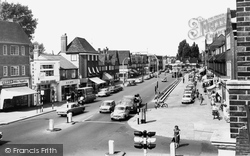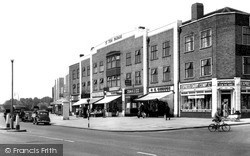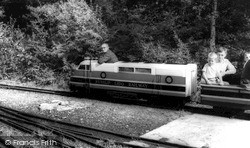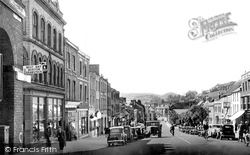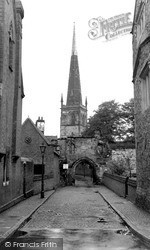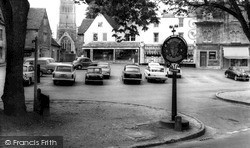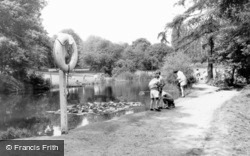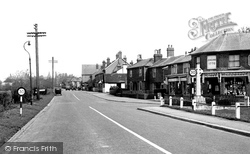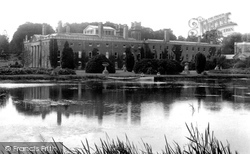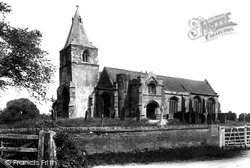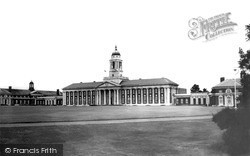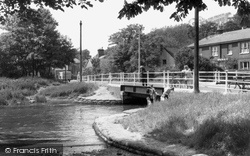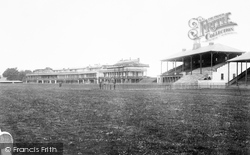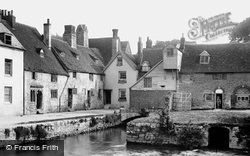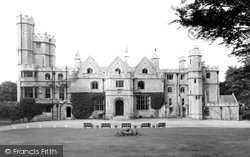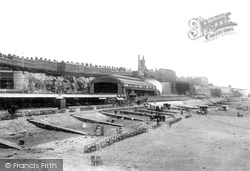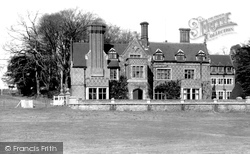Merry Christmas & Happy New Year!
Christmas Deliveries: If you placed an order on or before midday on Friday 19th December for Christmas delivery it was despatched before the Royal Mail or Parcel Force deadline and therefore should be received in time for Christmas. Orders placed after midday on Friday 19th December will be delivered in the New Year.
Please Note: Our offices and factory are now closed until Monday 5th January when we will be pleased to deal with any queries that have arisen during the holiday period.
During the holiday our Gift Cards may still be ordered for any last minute orders and will be sent automatically by email direct to your recipient - see here: Gift Cards
Places
36 places found.
Those places high-lighted have photos. All locations may have maps, books and memories.
- Shanklin, Isle of Wight
- Ventnor, Isle of Wight
- Ryde, Isle of Wight
- Cowes, Isle of Wight
- Sandown, Isle of Wight
- Port of Ness, Western Isles
- London, Greater London
- Cambridge, Cambridgeshire
- Dublin, Republic of Ireland
- Killarney, Republic of Ireland
- Douglas, Isle of Man
- Plymouth, Devon
- Newport, Isle of Wight
- Southwold, Suffolk
- Bristol, Avon
- Lowestoft, Suffolk
- Cromer, Norfolk
- Edinburgh, Lothian
- Maldon, Essex
- Clacton-On-Sea, Essex
- Felixstowe, Suffolk
- Norwich, Norfolk
- Hitchin, Hertfordshire
- Stevenage, Hertfordshire
- Colchester, Essex
- Nottingham, Nottinghamshire
- Bedford, Bedfordshire
- Bury St Edmunds, Suffolk
- Aldeburgh, Suffolk
- St Albans, Hertfordshire
- Hunstanton, Norfolk
- Chelmsford, Essex
- Bishop's Stortford, Hertfordshire
- Peterborough, Cambridgeshire
- Brentwood, Essex
- Glengarriff, Republic of Ireland
Photos
9,107 photos found. Showing results 2,661 to 2,680.
Maps
181,006 maps found.
Books
11 books found. Showing results 3,193 to 11.
Memories
29,072 memories found. Showing results 1,331 to 1,340.
I Was There
I remember the school well, I was there from 1966 - 1970. I remember all the Merediths, Miss Close, Miss Norman, Paddy Rice, Mr Mumford and Mr Johnson the head master. I would love to meet up with some of the people I went to the school ...Read more
A memory of Aveley in 1966 by
Winders Of Wombwell
I'm trying to find anything or anyone who knows about my ancestors; Harry and his brothers, Fred & William Winder, who lived here in the late 1880's.
A memory of Wombwell in 1890 by
Crook Pits?
Can anybody please tell me the name of the pit(s) that was/were closest to Arthur Street in Crook during the period 1925-1935?
A memory of Crook in 1930 by
Level Crossing
I spent many a summer at this level crossing as my grandmother, Kate Griffiths, lived in the house at the far end of the terrace. In fact the man you can see in this photo of 1965 standing in his garden is my grandfather, ...Read more
A memory of Penrhyndeudraeth by
Campsite
My father was building the Power Station at Shoreham in the fifties and we had a tent here for many Summer months. The lads use to dare me to go to the Wardens control tower and say I was lost! They used to humour me and broadcast my ...Read more
A memory of Brighton in 1950 by
The Old Post Office
My granddad, Charlie Davies, owned the post office and it was where my dad, Arfon Davies, was born. When my grandad died it was taken over by my Auntie Nellie, my dad's sister. My brothers, Gwyn, Iwan and Geraint came to ...Read more
A memory of Cwm Penmachno in 1950 by
Used To Live Here
In 1955 I was 4 years old - I grew up in this street No. 50 Victoria Rd - that house is not in shot but further down the road toward Station Rd & The Prince Consort. I went to Netley Infants school on the corner of Victoria Rd ...Read more
A memory of Netley in 1955 by
Fun Childhood 70's & 80's
I was born in Quarella Road Hospital in Bridgend, but grew up on Cwmdu Street, Maesteg. Often went to the top of the street to get sweets and pop for myself, and a fresh gooseloaf for my mother. I remember it as a very ...Read more
A memory of Maesteg in 1975
Ode To Wallsend
ODE TO WALLSEND I was born at Wallsend Village green in the heart of Wallsend Town, I spent my childhood in an era great to be around, We all grew up together and played in our back lanes, My cousins and my neighbours in the ...Read more
A memory of Wallsend in 1976 by
Your search returned a large number of results. Please try to refine your search further.
Captions
29,158 captions found. Showing results 3,193 to 3,216.
Geese run loose on the grass at Mannington hamlet, midway between the villages of Holt and Horton in the hills north of Wimborne.
The gatehouse has distinctive diaper brick patterning and the arms of Bishop John Russel (1480-94).
Situated six miles north-west of Barnard Castle, Romaldkirk in 1898 was not in fact in County Durham but in the North Riding of Yorkshire.
Eastcote is a mediaeval settlement; it is only as one emerges from the shopping parades of the 1930s grouped around the underground station into a series of timber-framed vernacular buildings of the 16th
It has to be said that Kingsbury is an area of contrasts.
The Lido is situated about a mile to the north of Ruislip village.
The Rectory in South Street, on the south side of St Mary's Parish Church, was the home of the Rural Dean, Rev Henry Richard William Farrer, who was an honorary canon of Salisbury Cathedral.
A remarkably foreshortened shot, westwards down West Street, with the 1785-built arch (far left) being the north-west corner of the Town Hall.
A prominent Norman castle mound, the remains of the town walls, including Prince Rupert's Gateway, the castle hall and St Mary de Castro church form the finest historic enclave in the city.
This is the west side of the market place; we have a better view of the church with its massive tower and noble parapets.
Whether Harborne is famous for being a good place to catch newts and minnows is not recorded, but it was famous as a place for growing gooseberries; the annual dinner of the Gooseberry Growers' Society
South-west of Oxted, and on the course of a Roman Road across the Weald, the route turns left at Blindley Heath, a hamlet on former heathland in the south of Godstone parish.
One of Berkshire's finest villages is Sutton Courtenay, with the cooling towers of Didcot Power Station a constant companion to the south.
This unspoiled row of 16th- and 17th-century half-timbered houses facing onto the church was built and owned mainly by small farmers and tradesmen, who formed the backbone of the rural affluent society
Beside the waters of the Great Stour, this great house in its pleasant parkland marks the original birthplace in 1380 of Cardinal Kempe, the ecclesiastical statesman.
Holme is a hamlet on the east bank of the Trent slightly north of Winthorpe. The church was rebuilt in 1485 by John Barton of Calais.
Lord Trenchard, father of the modern Royal Air Force, chose the site right in the middle of the Lincolnshire countryside so as to be as far away as possible from the temptations of the big cities.
Beyond the tithing of Barton and after crossing water meadows, we come to the pretty village of Bishopstoke.
By the date this picture was taken, Doncaster had been a racing centre for nearly three hundred years and had been the home of the oldest classic race, the St Leger, since its first running in 1778.
The unusual 13th-century gabled chimney of the Checker (or Exchequer) building can be seen behind the old stone cottages in Thames Street.
Netley, on the east bank of Southampton Water, was another of Henry VIII's coastal forts, though this one was a conversion of an existing building, the gatehouse of Netley Abbey.
In the centre of this photograph is the rail terminus of the line from Faversham.
Looking northwest along the High Street, we see an interesting variety of Georgian buildings, including Woodstock's Baptist Chapel on the right.
An earlier trickle of visitors has now given way to something of a torrent, though increased numbers have not diminished the attractiveness of the setting.
Places (6814)
Photos (9107)
Memories (29072)
Books (11)
Maps (181006)



